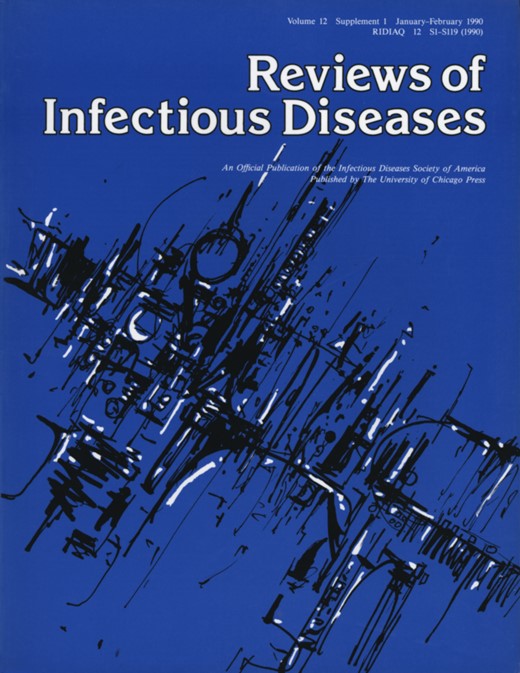-
PDF
- Split View
-
Views
-
Cite
Cite
Richard L. Guerrant, James M. Hughes, Noelia L. Lima, John Crane, Diarrhea in Developed and Developing Countries: Magnitude, Special Settings, and Etiologies, Reviews of Infectious Diseases, Volume 12, Issue Supplement_1, January-February 1990, Pages S41–S50, https://doi.org/10.1093/clinids/12.Supplement_1.S41
Close - Share Icon Share
Abstract
Diarrheal diseases are major causes of morbidity, with attack rates ranging from two to 12 or more illnesses per person per year in developed and developing countries. In addition, diarrheal illnesses account for an estimated 12,600 deaths each day in children in Asia, Africa, and Latin America. The causes of diarrhea include a wide array of viruses, bacteria, and parasites, many of which have been recognized only in the last decade or two. While enterotoxigenic Escherichia coli and rotaviruses predominate in developing areas, Norwalk-like viruses, Campylobacter jejuni, and cytotoxigenic Clostridium difficile are seen with increasing frequency in developed areas; and Shigella, Salmonella, Cryptosporidium species, and Giardia lamblia are found throughout the world. The rational management of infectious diarrhea requires the highly selective use of laboratory tests for these varied etiologic agents, depending on the clinical and epidemiologic setting. The purpose of this review is to provide an overview of the magnitude, special settings, and etiologies of diarrhea endemic to developed and developing countries. This information permits a practical approach to the diagnosis and management of common diarrheal illnesses in different settings.
Author notes
Currently with the Center for Infectious Diseases, Centers for Disease Control, Atlanta, Georgia.
- campylobacter jejuni
- diarrhea
- dysentery
- giardia lamblia
- africa
- asia
- child
- cryptosporidium
- developing countries
- laboratory techniques and procedures
- latin america
- norovirus
- parasites
- rotavirus
- bacteria
- diagnosis
- morbidity
- salmonella
- shigella
- viruses
- infectious diarrhea
- attack rate
- enterotoxigenic escherichia coli
- clostridium difficile





Comments